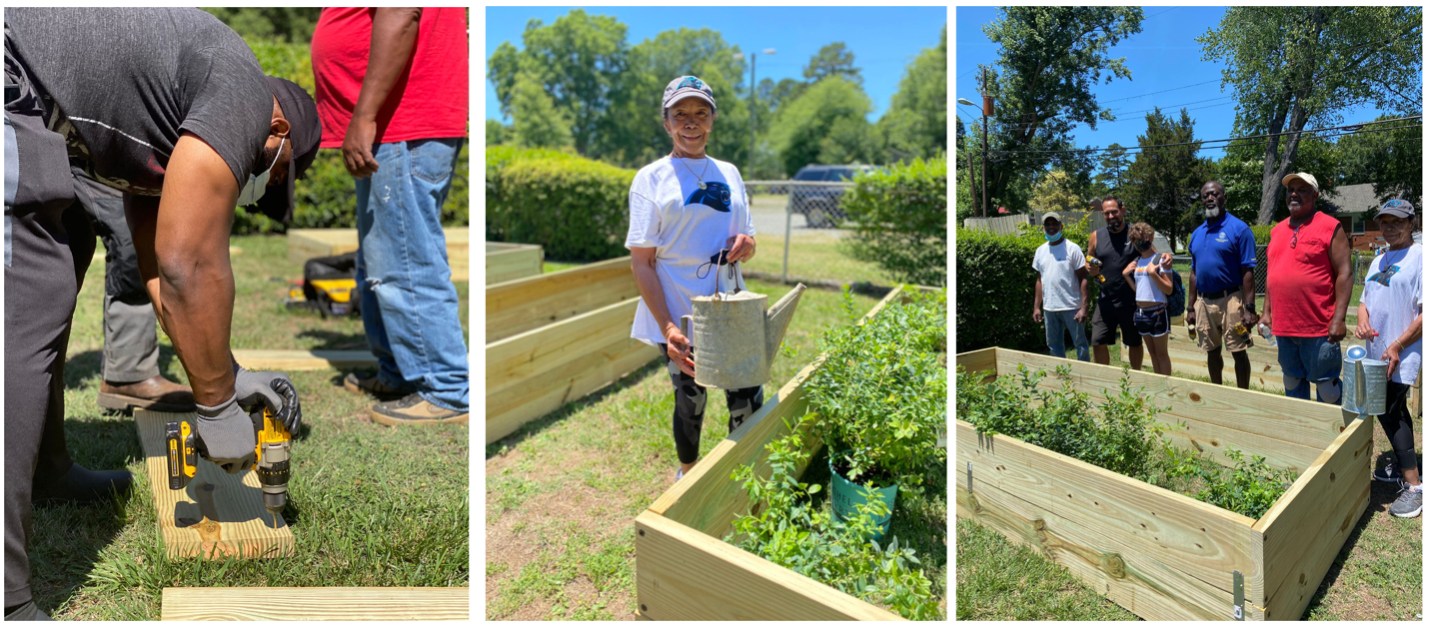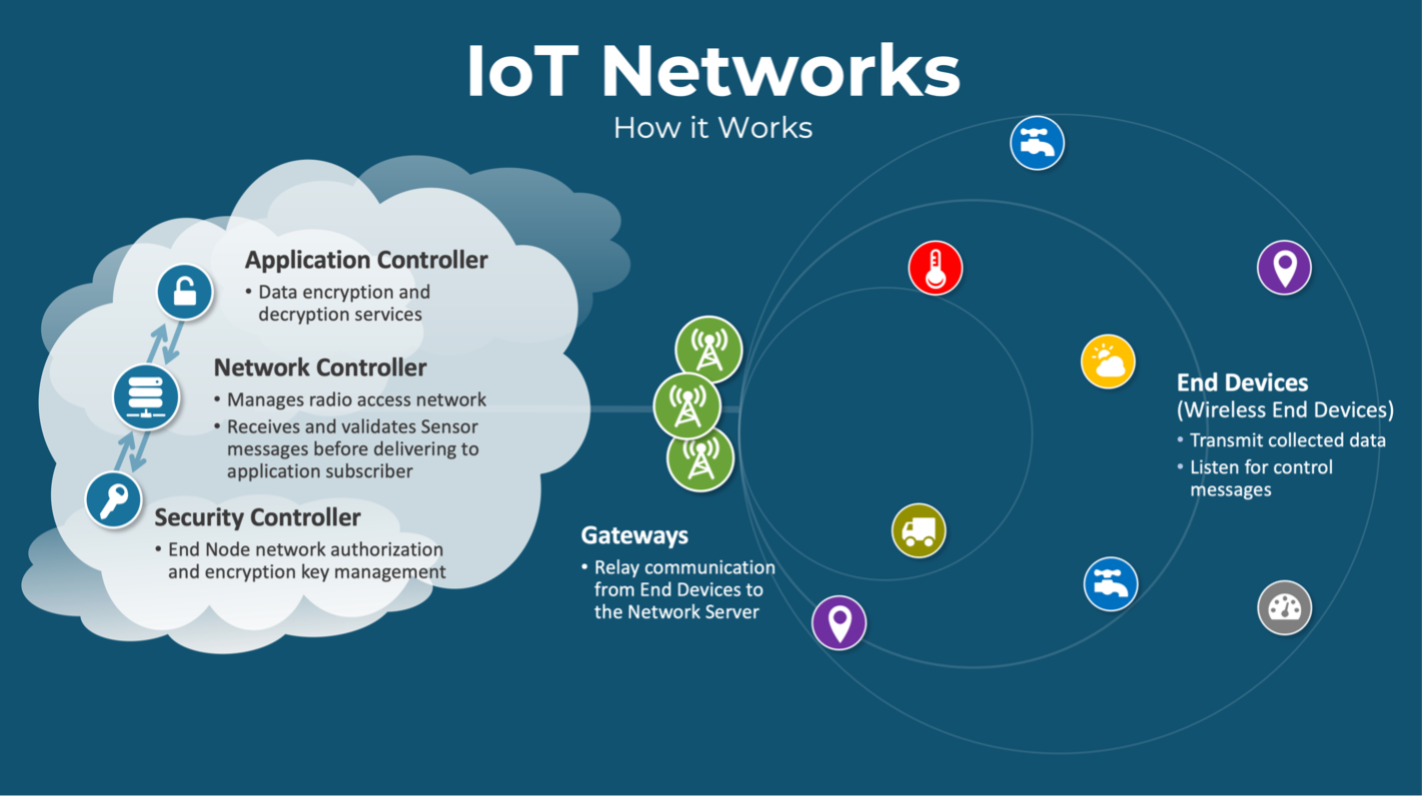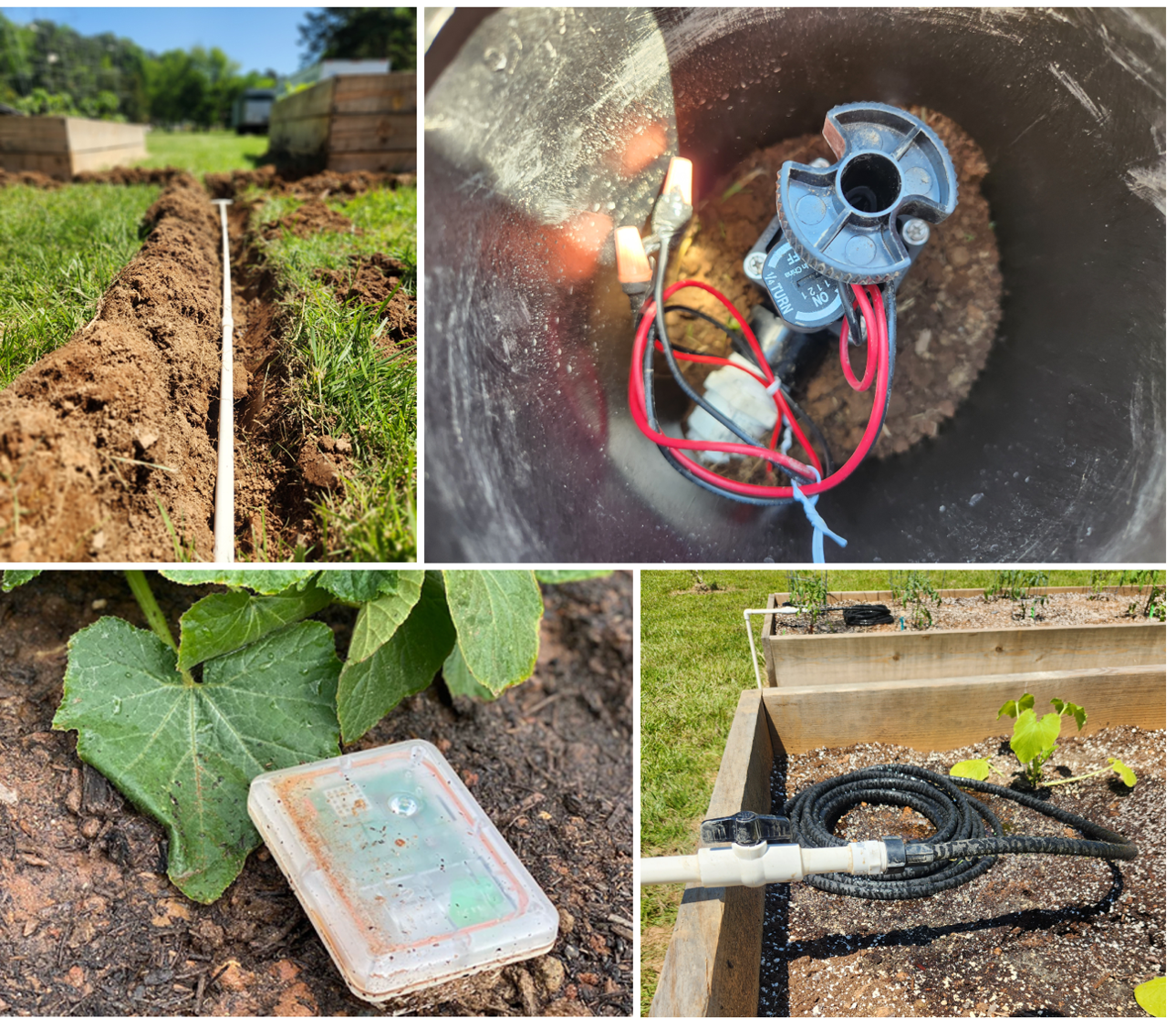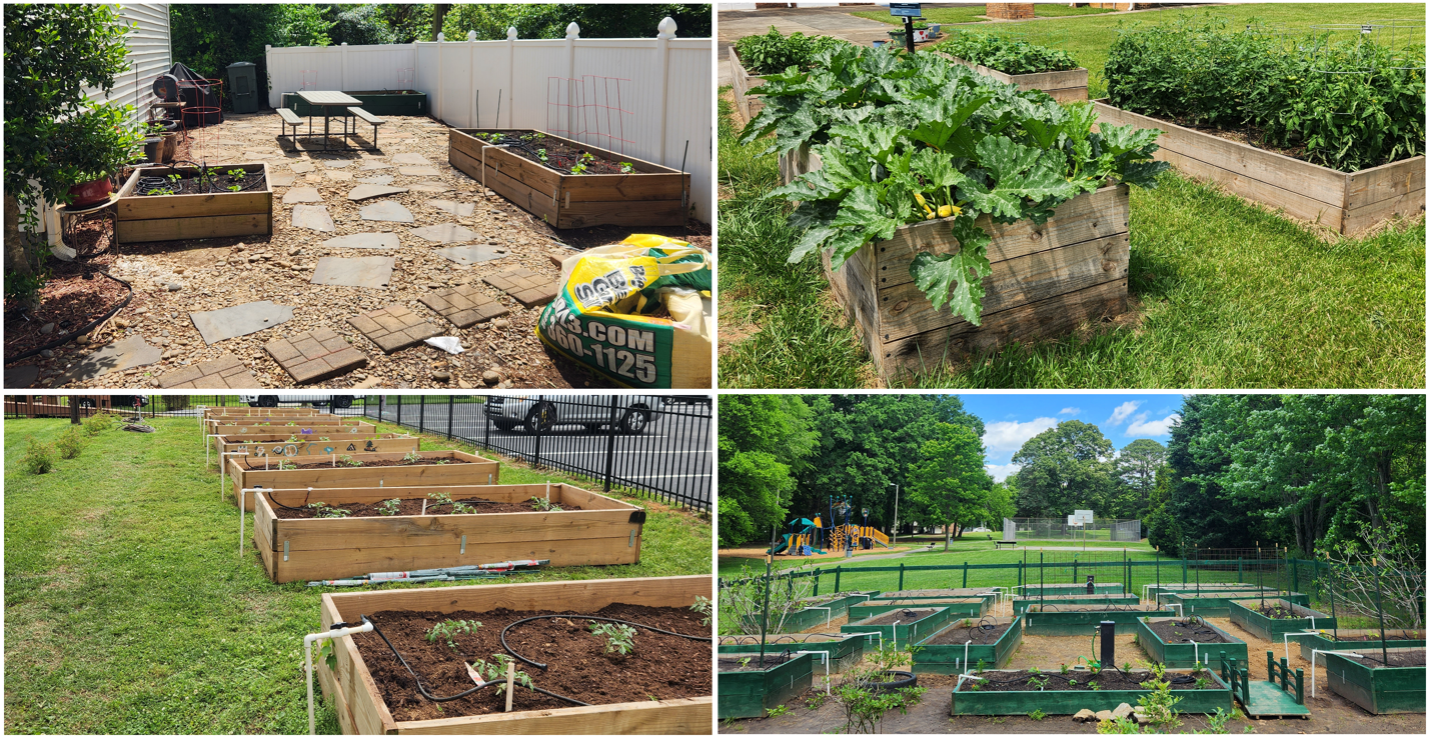When we think about where our food comes from, many of us immediately picture a grocery store. For healthy food, we swing by the produce section and grab what we want…right? Well unfortunately that is not the case for some families. Many individuals face daily obstacles which prevent them from going to a grocery store and buying fresh, nutritious foods like fruits and vegetables. Traditionally, these individuals live in low-income neighborhoods and do not have easy access to healthy and/or affordable food. These areas are known as “Food Deserts”.
The USDA identifies two types of food deserts. The first type is identified as low income, urban areas where a significant number of people live farther than a mile away from the nearest grocery store. The second is identified as low income, rural areas where people live more than 10 miles away from the nearest grocery store.
In 2021, after moving back to Charlotte, I had an opportunity to work with a local church and neighborhood association situated in a food desert who were trying to bring healthy and affordable produce to those in need within their community. They had decided on creating a community garden by growing the produce themselves and distributing it to their neighbors. With the help from the local county health department, we were able to get the supply to start the building process. Everyone was excited and ready to contribute. Even the church pastor was getting his hands dirty (see pics below).

Once the garden boxes were built and the crops were planted, all we had to do was water the crops and wait to harvest. How hard could it be?
Well, let me tell you, it was no easy walk in the park. We immediately started to face resourcing issues and had problems getting volunteers to regularly water the crops. Those that were watering were either underwatering or overwatering. This led to reduced crop output. Basically… the crops were dying.

Eventually I ended up being the main caretaker of the garden and found myself volunteering a lot of my time to keep the garden producing healthy crops. This was simply not sustainable. Being a techie and constantly trying to make things easier with technology, I immediately started to think about how I could use the Internet of Things (IoT) to automate the watering process. The solution would need to automatically turn on/off the water supply, reduce water wastage, and remove the need for human intervention.
Low Power, Wide Area (LPWA) networking protocol (specifically LoRaWAN®) provides long-range, low-power wireless connectivity which comes with tremendous benefits. Deployed sensors have longer battery life, can communicate further distances, and they can receive bi-directional communication which is perfect for predictive and preventive maintenance applications.
A typical LoRaWAN deployment consists of a network server, gateways, sensors, and an application for data processing. The below diagram depicts a traditional LoRaWAN architecture.

Based on the above information and a little of my own research on irrigation, I reached out to vendors and began sourcing hardware and material suitable to my requirements. The following is what I determine was needed to make this work:
- A LoRaWAN Network Server
- A LoRaWAN Gateway
- A LoRaWAN soil moisture sensor
- A LoRaWAN irrigation valve controller
- An analytics platform
- An irrigation water valve
- An irrigation water valve solenoid
- Irrigation plumbing material (PVC pipe, couplings, tees, adapters, etc.)
To provide a visual on how this would work, look at the below solution diagram.

Once the installation was complete and the system was running properly, we saw immediate results in reduction of water usage (around 90%). We also saw an increase in volunteering due to the reduction of commitment need. At the end of the crop season, we produced more crops than we expected and had a surplus, which we ended up donating to a local non-profit organization who distributed the food to other neighborhoods.

To date, we have completed 8 seasons with no hiccups. I have also been asked to install the same solution at 4 other communities and the requests keep coming in. Below are pics of the gardens that have adopted the smart automated irrigation system so far.

I’m happy to see how IoT has contributed to reducing food deserts and I plan to continue doing my part helping as many communities as I can. LoRaWAN has proven to work and make a positive difference in the world. I am grateful to have had the opportunity to bring this technology to my hometown and I hope those of you reading this might find some inspiration to do the same in your communities. We all can play our part in making the world a better place, but it doesn’t have to be a hard and challenging experience.
For more information, feel free to DM me on LinkedIn anytime ;)
Explore the Intellidrip Solution
This technology is now offered as our commercial Intellidrip solution, built on the Ginjer and Netsy platforms. Learn more about how it can be applied to large-scale agriculture or facility management.
